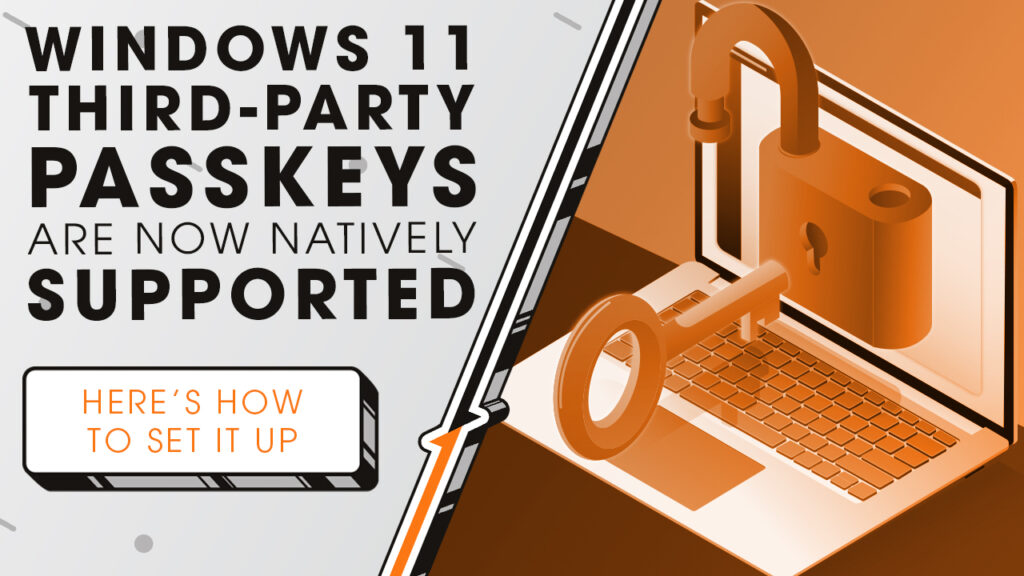Windows 11 Third-Party Passkeys Are Now Natively Supported | Sync Up

Microsoft just made signing in on Windows 11 faster, simpler, and more secure. We’ll explore the operating system’s latest passkey update as we sit down and sync up with Rocket IT’s weekly technology update.
In this episode, you’ll hear more about:
- The new passkey feature included in Windows 11’s latest update.
- How this update changes the way you sign in.
- Why passkeys offer stronger protection than passwords.
- Which passkey managers Windows now supports.
- What setup looks like once the update is installed.
Video Transcript
As part of the November security update, Windows 11 now lets you choose your preferred passkey manage, whether that’s Microsoft Password Manager, 1Password, or Bitwarden.
So, what’s a passkey? Think of it as the modern replacement for a password. Instead of typing something you have to remember, Windows creates a secure digital key that stays on your device and confirms your identity when you sign in. In this case, it’s protected by Windows Hello, which is Microsoft’s built-in sign-in tool that uses your face, fingerprint, or a simple PIN to verify it’s really you.
This approach makes it much harder to hack or trick you into giving away your credentials. Passkeys are also faster and easier to use, since you can sign in with just a glance or a touch, and they sync safely across your Windows devices and mobile apps.
Setting up passkeys in Windows 11 is simple. After installing the November update, you’ll see a new option to manage passkeys in your settings under “Accounts.” From there, you can choose which passkey manager you’d like to use. Once your preferred manager is selected, Windows connects it directly to your system through a secure plugin.
When you visit a website that supports passkeys, like Google or PayPal, you’ll be asked if you want to create one. Windows will then guide you through a short setup process where you confirm your identity with Windows Hello. The passkey is saved automatically to your chosen manager, and from that point on, every time you log in to that site, you’ll simply verify with your fingerprint, face, or PIN. There’s no password to type, no code to copy, and nothing to remember.
It’s worth noting that not every site supports passkeys yet. They have to use the same modern sign-in technology that Windows relies on. But support is growing fast, and Windows is already equipped to handle it as more sites adopt this feature.
Altogether, this update shows Microsoft’s continued push toward a passwordless world that it believes is safer, simpler, and designed to make logging in easier for everyone. If your organization wants to explore passwordless sign-ins or needs help managing authentication across your team, Rocket IT can help you roll out these updates. Simply contact us using the link in this video’s description. And to stay up to date on trending technology news, hit that subscribe button and the bell to catch us on next week’s episode of Sync Up with Rocket IT.
Related Posts
Subscribe to Rocket IT's Newsletter
Stay up to date on trending technology news and important updates.

Find out if Rocket IT is the right partner for your team
Claim a free consultation with a technology expert.










